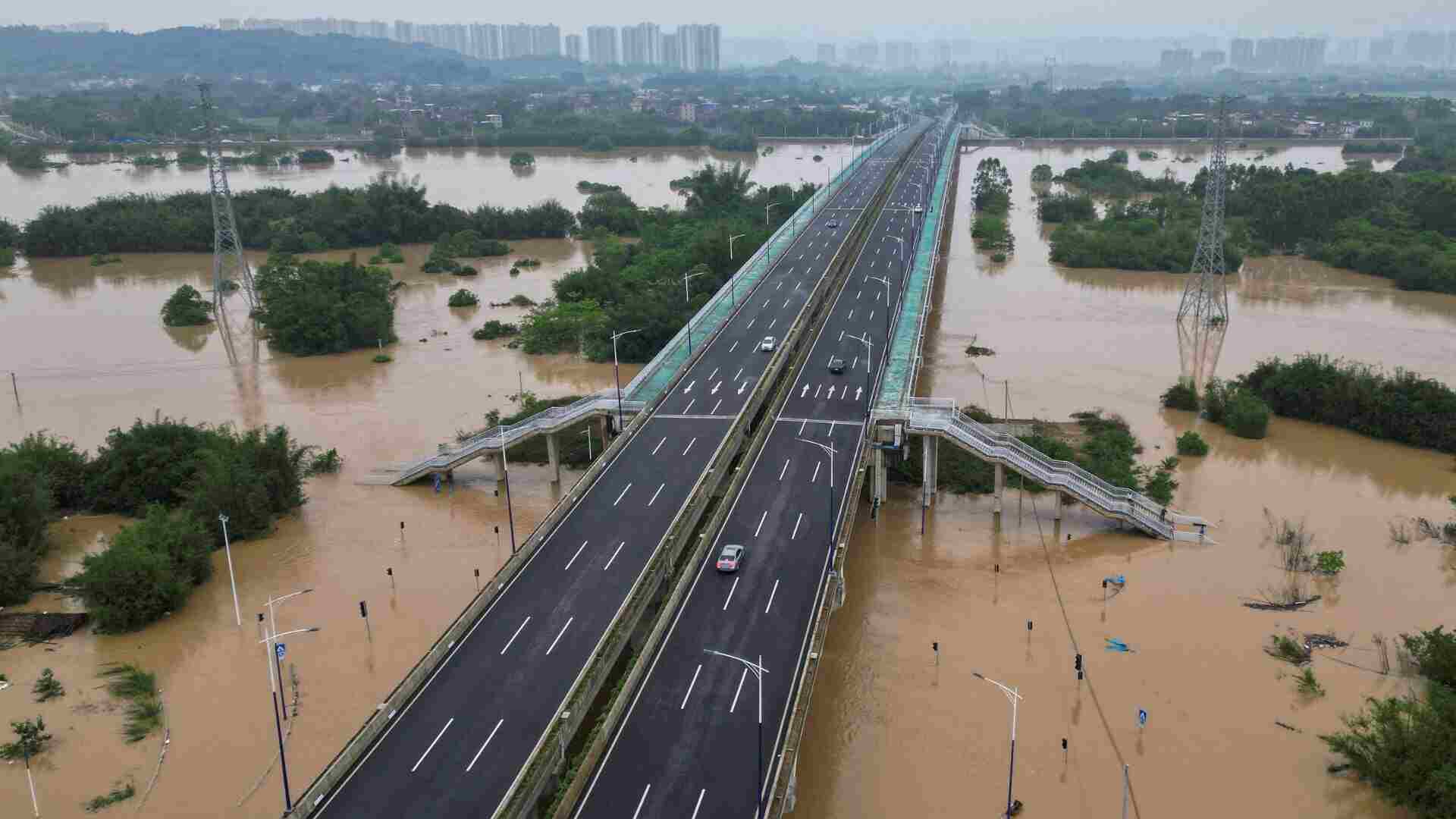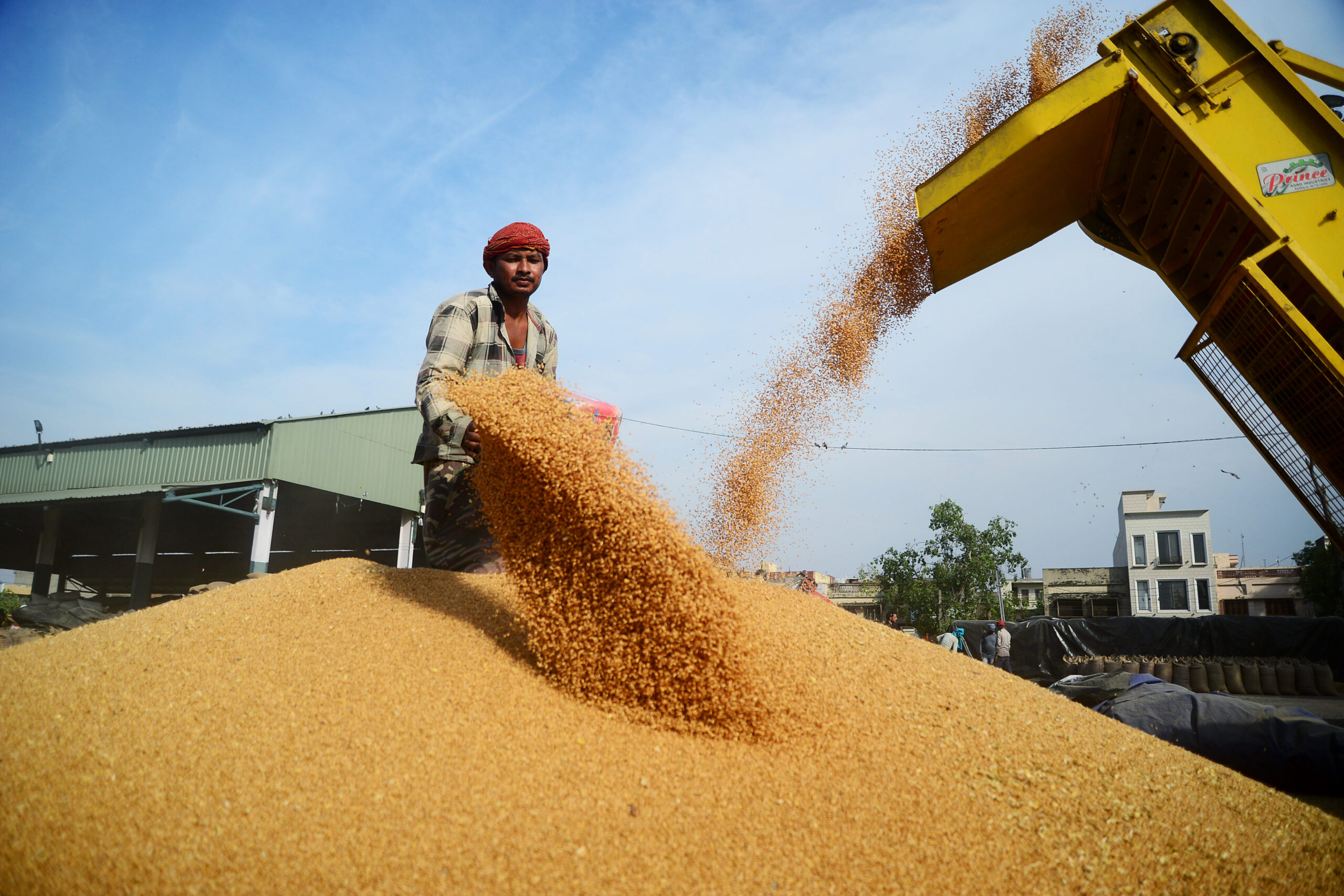Southern China is grappling with severe floods triggered by heavy rainfall, endangering the livelihoods of tens of millions of individuals. Rescue teams are swiftly mobilizing to evacuate stranded residents, as reported by CNN.
State media reported that widespread flooding in Guangdong province, an economic hub with a population of 127 million, has necessitated the relocation of over 110,000 individuals. According to Xinhua, at least four fatalities, including a rescue worker, have been recorded, with approximately 10 people still unaccounted for as of Monday.
Since April 16, the Pearl River Delta, China’s manufacturing core and one of its most densely populated areas, has been inundated by heavy rainfall. Four weather stations in Guangdong reported record-breaking April rainfall. The Pearl River basin typically experiences flooding from April to September, but recent years have seen intensified rainstorms and severe floods. Scientists caution that the climate crisis will exacerbate extreme weather events, making them both more lethal and frequent.
“Judging from the flood control situation in recent years, climate warming and temperature rise have intensified, and extremely heavy rainfall occurs every year, leading to torrential rains and floods,” Yin Zhijie, chief hydrological forecaster at the Ministry of Water Resources, told state-run outlet The Paper.
According to CNN, the China Meteorological Administration reported that in 2023, China experienced “more intense and extreme” downpours during the flood season compared to previous years. A total of 72 national weather stations recorded record daily rainfall, while 346 stations broke monthly records.
State broadcaster CCTV reported that since last week, at least 44 rivers in the Pearl River basin have surpassed the warning line, posing a risk of overflowing. Authorities have issued warnings about a “once a century” flood on the Bei River, a tributary of the Pearl River, expected to reach 5.8 meters (19 feet) above the warning limit. The Bei River experienced its earliest flood season onset on record, with its banks bursting on April 8, as per Guangdong authorities.
Yin noted that the “massive flood” on the Bei River is the earliest occurrence of its kind in China, reaching the highest category on a four-tier classification system. He mentioned that floods of this magnitude typically occur after late June.
According to Xinhua, heavy downpours have induced landslides near Shaoguan city in the mountainous north of the province, resulting in injuries to six individuals. In response to the ongoing situation, authorities elevated the flood control emergency response for the Pearl River Delta to level 2 on Sunday, which is the second-highest level in a four-tier system.
According to Xinhua, numerous cities have suspended schools, and hundreds of flights have been cancelled in the metropolises of Guangzhou and Shenzhen. Xinhua also reported that over 80 houses have either collapsed or suffered severe damage, leading to a direct economic loss of nearly 140 million yuan (USD 20 million). However, relief is not imminent for the province, as further heavy rainfall is anticipated to strike Guangdong this week, as per CNN, citing the province’s Meteorological Bureau.







